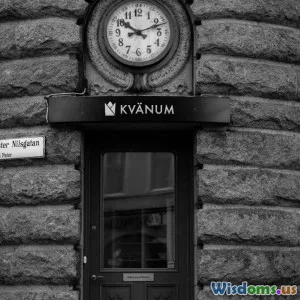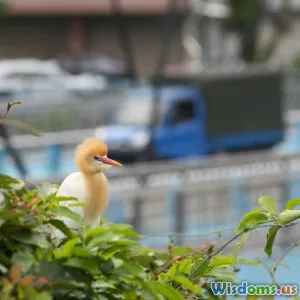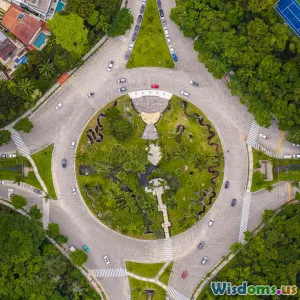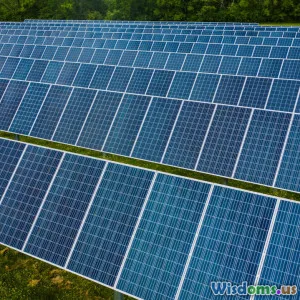
Urban Heat Islands How Cities Can Cool Down with Green Spaces
8 min read Explore how urban heat islands form and discover how cities can cool down using green spaces, fostering sustainability and resilience. (0 Reviews)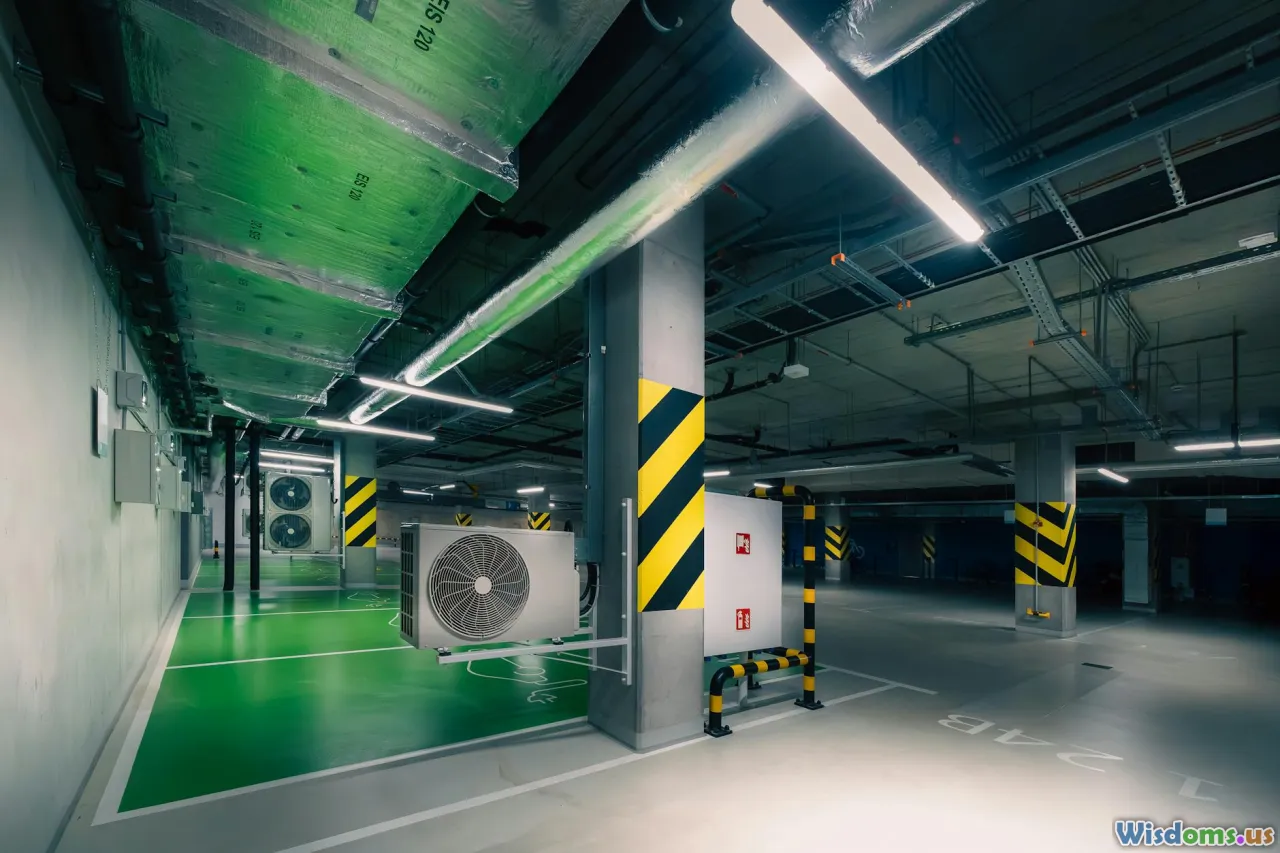
Urban Heat Islands: How Cities Can Cool Down with Green Spaces
Introduction
Step into summer in any major city, and you’ll feel it: the air is sweltering, hotter than just outside the urban boundaries. This phenomenon, known as the Urban Heat Island (UHI) effect, poses serious challenges to public health, energy consumption, and overall urban sustainability. But what if cities could fight back? By embracing green spaces, urban areas can be transformed into cooler, more livable environments. This article explores the science behind UHIs and dives deep into how green infrastructure offers a vital solution—supported by examples, data, and insightful strategies.
Understanding Urban Heat Islands
What are Urban Heat Islands?
Urban Heat Islands occur when cities experience significantly higher temperatures than nearby rural areas—a result primarily of man-made surfaces like asphalt, concrete, and rooftops absorbing and re-emitting the sun’s heat. Without sufficient vegetation and exposed soil, cities can be 1 to 7 degrees Fahrenheit hotter, sometimes even more during peak summer heatwaves.
Why Does it Matter?
The impacts extend beyond discomfort. Higher urban temperatures exacerbate health risks, especially for vulnerable populations such as the elderly and children. Elevated heat contributes to heat-related illnesses and mortality. Moreover, it spikes electricity usage as demand for air conditioning skyrockets, increasing carbon emissions and creating feedback loops that worsen climate change.
The Science Behind Heat Absorption
Concrete and asphalt have low albedo, meaning they absorb a high percentage of solar radiation. For example, a typical asphalt surface can absorb up to 95% of incoming sunlight. Additionally, these materials store heat and slowly release it overnight—often leading to overnight temperatures that are warmer than rural areas, a key factor distinguishing UHIs.
How Green Spaces Mitigate Urban Heat
The Cooling Effects of Vegetation
Trees, parks, green roofs, and community gardens provide multiple heat-mitigating benefits:
- Shading: Tree canopies shade streets and buildings, reducing surface temperatures.
- Evapotranspiration: Plants release moisture into the air, naturally cooling the environment through evaporation.
- Reflectivity: Vegetation generally has a higher albedo than asphalt, reflecting more sunlight.
Evidence From Cities Around the World
A study by the Environmental Protection Agency (EPA) found that neighborhoods with 10-20% tree canopy cover can be 1 to 2 degrees Celsius cooler than nearby urban areas with sparse vegetation.
In Singapore, a city-state known as a ‘City in a Garden,’ extensive tree planting, vertical gardens, and green roofs have reduced peak summer temperatures by up to 4°C in some districts. Singapore’s commitment showcases how integrating greenery into dense urban environments can significantly blunt the UHI impact.
Case Study: New York City’s MillionTreesNYC Project
In an ambitious effort launched in 2007, New York City aimed to plant and care for one million new trees citywide. Research published in the journal Environmental Pollution noted that tree cover expansion helped lower street-level temperatures and improved air quality, demonstrating tangible benefits to urban climates.
Innovative Green Infrastructure Solutions
Green Roofs and Walls
Green roofs—rooftops covered with vegetation—reduce heat absorption and improve insulation for buildings. Chicago’s City Hall green roof is a prime example, showing not only temperature reductions but also a 90% reduction in stormwater runoff.
Similarly, living walls create vertical greenery that cools building exteriors directly exposed to sunlight, slowly gaining traction in cities such as Madrid and Berlin.
Urban Parks and Community Gardens
Large, accessible parks like London’s Hyde Park or Vancouver’s Stanley Park serve as ‘‘cool lungs’’ by offering wide shaded and evapotranspirative areas amidst concrete jungles.
Community gardens also not only cool neighborhoods but boost social bonds, improve food security, and increase biodiversity—multiplying urban resilience benefits.
Street Trees and Green Corridors
Planting street trees along sidewalks, medians, and transit corridors creates shaded pedestrian routes and helps mitigate heat in transit hubs. Los Angeles’ Green Streets Program looks to convert impervious sidewalks and streets into green spaces, cooling neighborhoods while promoting sustainable urban water management.
Policy and Planning for Greener, Cooler Cities
Integrating Green Spaces in Urban Planning
Cities embracing long-term sustainability embed green infrastructure into zoning codes, building guidelines, and development plans. For example, Melbourne’s Urban Forest Strategy commits to increasing canopy cover from 22% to 40%, with ambitious tree planting and maintenance programs.
Community Engagement and Equity
It’s imperative to ensure green space benefits reach all city residents – particularly marginalized and historically under-resourced neighborhoods that face elevated heat risks.
Seattle’s Heat Relief Network partners with community organizations to provide cooling centers, increase neighborhood greening, and involve residents in tree planting. Equity-centered initiatives ensure technical solutions align with community needs and deliver widespread health benefits.
Conclusion
Urban Heat Islands threaten the health and sustainability of cities globally, but green spaces offer a proven, cost-effective way to restore balance and climate resilience. From tree-lined streets to green roofs and expansive parks, integrating nature into urban cores cools temperatures, improves air quality, and enhances daily life for millions.
Forward-thinking urban planning coupled with strong community involvement can accelerate transformations toward greener, cooler cities. As cities embrace these solutions, residents will enjoy healthier environments, safer summers, and stronger connections with nature. The resounding message is clear: to beat the heat of Urban Heat Islands, green spaces aren’t just an amenity—they are essential.
References:
- United States Environmental Protection Agency (EPA) on Urban Heat Islands
- Environmental Pollution journal, effects of MillionTreesNYC
- Singapore’s Urban Redevelopment Authority reports
- City of Chicago Green Roof Program
- Melbourne Urban Forest Strategy
Together, urban nations can build cooler cities where people and nature thrive side by side.
Rate the Post
User Reviews
Popular Posts











